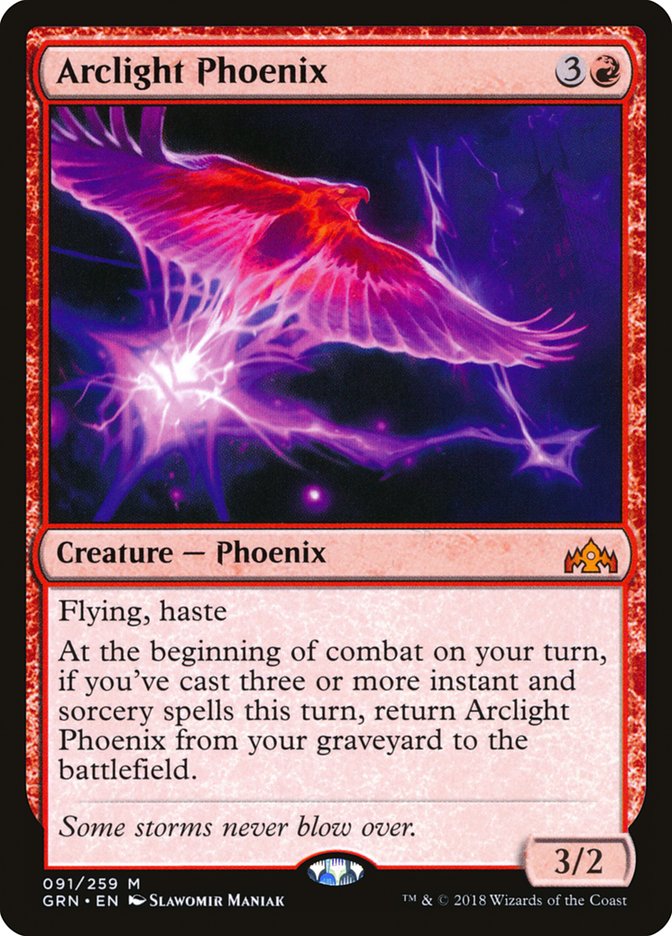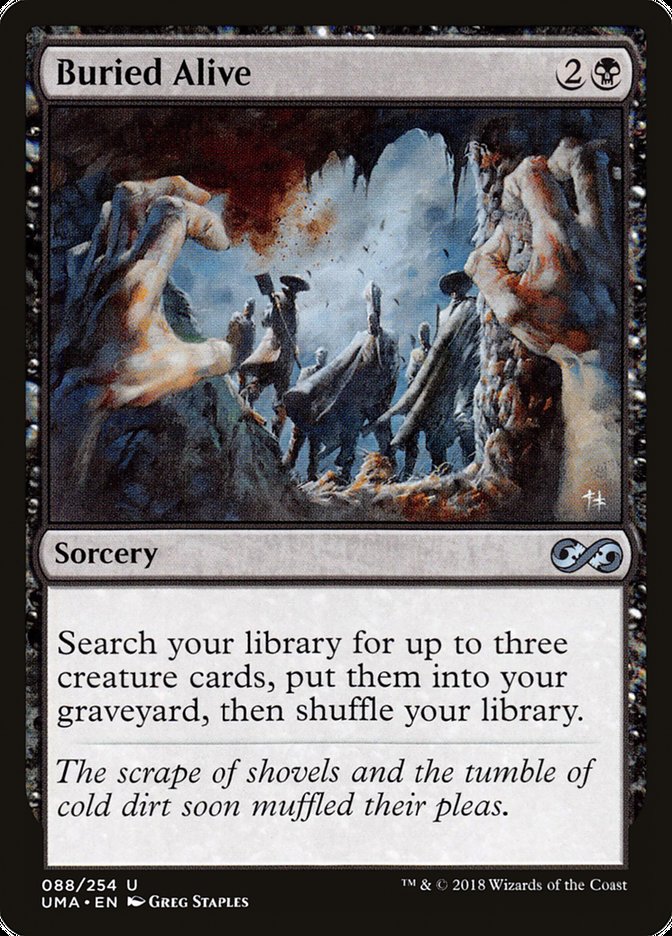Welcome to the second Mox Insights report. This week, we’re tackling Legacy for the first time with the matchup data from SCG Syracuse Day 2. 69 players made it to Day 2, which is what we’ll be analyzing today.
In Legacy, the perception is change tends to happen at a glacial pace. The greatest shake-ups have come from either bans like Sensei’s Divining Top or the addition of wildly overpowered cards to the format like Treasure Cruise. But SCG Syracuse tells a different story: innovation is happening across multiple deck archetype iterations, leading to a winners’ metagame on Day 2 that’s relatively fresh and new for a format like Legacy. This format is moving, and just as much as the winners’ metagame tells a story, the absence of certain longstanding Legacy decks suggests another side of this innovation: that of the decks that are being left in the dust.
As per usual, this is just a snapshot of Day 2 of the tournament, so a caveat on drawing deep conclusions about the nature of the format right now, but we’ll offer our Insights on Syracuse nonetheless. Let’s start with the losers: the decks that didn’t make it to Day 2 or performed poorly in low numbers.
Trailing Behind

While we don’t know the breakdown for decks that entered the tournament and didn’t make Day 2, there are some archetypes missing or in very low numbers. Eldrazi Stompy was nowhere to be found, while Affinity had only one copy. Ancient Tomb was played much more in the bigger Cloudpost variations, and Chalice of the Void much more in Mono-Red prison builds. There was actually a very low amount of Chalice decks in the metagame – only 10%. Fair nonblue decks like Maverick and Death and Taxes only put a single copy each. And why would they? What answer does Death and Taxes have to a Turn 2 swing for nine damage?
More on that later…
Sneak and Show and Storm, two other combo pillars of the format, only had three copies apiece. Temur Delver was nowhere to be found, but that’s not really a surprise at this point – the surprise is when Temur Delver shows up, even when Chalice decks aren’t dunking on Nimble Mongoose and friends. One Rakdos Reanimator deck threaded the needle to make Top 8, a few Omni-Tell variations, a singleton copy of Painter – the rest of the Day 2 decks are the expected Legacy metagame of skilled pilots with decks they’ve mastered for years. What we’ll take a closer look at are the major chunks of Day 2, blue and not-blue, as we trace how Izzet Delver won the tournament.
The Traditional Blue Decks
Grixis Delver and Miracles were easily the two largest metagame shares of the tournament, combining for just over a full quarter of the Day 2 metagame. These decks are incredible safe choices, but our win-rate data suggests that, against the field, Miracles is by far the stronger choice. Going into this weekend, there has been discussion that Grixis Delver is just too anemic versus the format without Deathrite Shaman. Grixis Control similarly has been stagnant as the format has moved around it.
Creatures (14)
Lands (19)
Spells (27)

This list from Brandon Dolloway was the top-finishing Grixis Delver deck. We see a lot of players adopting Dark Confidant maindeck but otherwise Grixis Delver is a deck with a lot of customization to suit the playstyle of the pilot. Whether to play Stifle, what number of Gurmag Anglers, maindeck or sideboard Young Pyromancers – all are options you can season to taste. The problem with Grixis Delver is that there just isn’t a strong reason to play it. In Syracuse, it was subpar to medium versus the field at best. If you want to be successful in a Legacy tournament, you need to be attacking the metagame in a proactive way, but Grixis Delver seems to be one of the most reactive decks.
Creatures (6)
Planeswalkers (3)
Lands (19)
Spells (32)

Miracles on the other hand has mostly coalesced into a consensus on Accumulated Knowledge: it’s good. And Monastery Mentor is good. Most players in Day 2 were running a variation on Miracles that fluctuated in its number of win-conditions, such as the number of Monastery Mentors or Snapcaster Mages, but they almost unanimously agreed that Accumulated Knowledge was an important addition to the deck. It makes sense when you consider the rebuilding of Miracles post-Top ban. Without a Top to constantly adjust the deck, it reduces how easily the Miracles player can trade one card (Counterbalance) with anything their opponent is doing. Accumulated Knowledge helps fuel and gets better the longer the game goes – exactly the way a Miracles player wants to play the game.
The Ground Game
Creatures (11)
Lands (27)
Spells (22)

Lands-based decks? This tournament had them in spades. Golgari Depths rose to the top of the metagame on Day 2, littering the Top 32 with Marit Lage tokens. Is Depths that good, though? It did perform above 50%, which at least is something to use as a baseline for developing the deck in the metagame. The speed of Golgari Depths is an indication of the format, that a traditional Lands-style grinding strategy is too slow for what the Legacy metagame is about right now. Azorius Delver (discussed later) also came prepared with Back to Basics as a strong tool for fighting traditional lands-based strategies. On the other side of the Dark Depths strategies, Golgari Depths can race just as fast as the Grixis Phoenix decks, which look to be setting the pace for the format now, similar to how Izzet Phoenix in Modern has emerged as one of the metagame leaders.
The Leaders of the Pack

As you can see from the win rate on the farthest side of this graph, Tommy Ashton’s success was not an aberration. In the hands of only two players, Grixis Phoenix posted the winningest record on Day 2.
Creatures (11)
Lands (16)
Spells (33)

Ryan McKinney’s Grixis Phoenix list narrowly missed out on Top 8, but we urge you to not ignore this deck. It’s performing very, very well and deserves serious consideration as a new contender to the format. As some have remarked, it’s the new face of a new top dog in Legacy: Azorius Delver.
Creatures (12)
Planeswalkers (2)
Lands (20)
Spells (26)

This iteration, a slightly lower-to-the-ground version of Azorius StoneBlade, put five pilots into Day 2. The bigger midrange version added three more copies, for a total of over 10% of the Day 2 metagame representation. While some might say they were conned into playing the deck, it still performed well. Swords to Plowshares and the midrange Stoneforge Mystic plan seem to be very, very good right now, specifically for the way Azorius Delver targeted the Day 2 metagame loaded with Golgari Depths and Grixis Delver. Back to Basics is a further aid for these Azorius-based decks.

Izzet Delver should also be discussed briefly, as the tournament winner. While it did only okay against the format at large, it should be noted that it performed very well against Miracles. With Miracles and the Azorius StoneBlade variations occupying that metagame position of the theoretical best deck – a deck with high metagame representation and high win-rate against the field – Izzet Delver is a reasonable deck choice to ride in their wake and Light Up the Stage in Rich Cali’s deck could keep Izzet Delver in the game long enough to beat Miracles. Both Cali and fellow Izzet Delver player Austin Collins agreed that Pteramander is an excellent new tool to the deck. The blue Tombstalker substitute gives a strong trump for Izzet Delver versus the grindier midrange style of Azorius Delver.
Dimir Death’s Shadow didn’t perform in an utterly dominating fashion, but it did put up a very, very respectable finish from the pilots who made it to Day 2. It has steadfastly been performing well and if you’re looking to pick up a (relatively) cheap blue Legacy deck, this is one of the stronger ones.
Legacy After Syracuse
The peculiarities of comparing paper and online metagames always present a challenge to writing reports like these. Just the same weekend, the Magic Online Legacy Challenge was 7-0’ed by a Death and Taxes deck, with Sneak and Show and Lands showing up in the Top 8. As we said before, we can’t definitively talk about the direction of the format, but rather look at what Syracuse said.
Our takeaways?
- Grixis Delver is too safe right now. Better Delver decks are in two colors.
- Golgari Depths is the much, much better Lands strategy right now.
- Azorius-based strategies are very strong right now. Tundras are great in this metagame.



